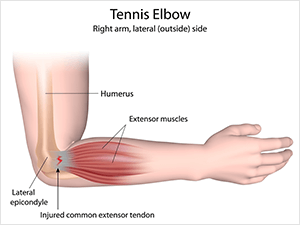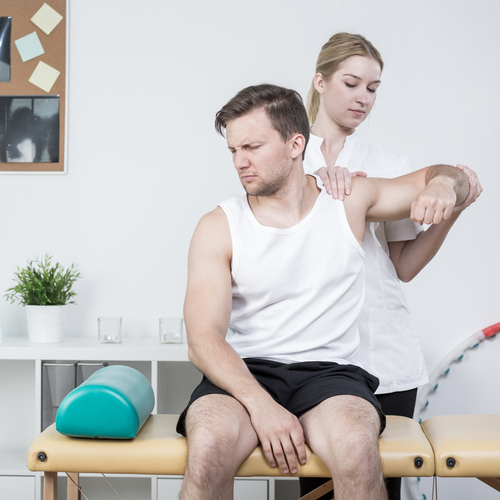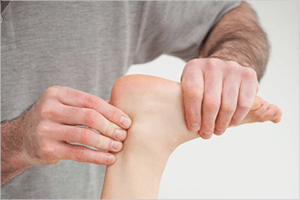TFCC (Wrist Injury) treatment options
 In addition to last week’s post about TFCC injuries in the wrist.
In addition to last week’s post about TFCC injuries in the wrist.
What are the suggested treatment options for the management of TFCC injuries?
Management of TFCC injuries is mainly determined by whether the distal radioulnar joint is stable. If instability is present the joint needs to be stabilised.
Conservative options for TFCC injury are mainly considered in presence of a stable distal radioulnar joint include:




